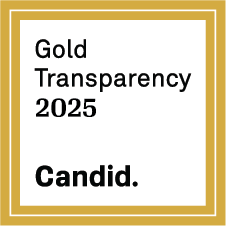Active banners: 1 Visible banners: 1
Banner ID: 25 Has content: true
Join us for the Teaching Economics through Climate – The Snowmobile Business Plan - January 13, 2026 4-5pm ET
Confronting Carbon Inequality
Provided by: Oxfam |Published on: April 27, 2021
Articles/Websites
6789101112
Synopsis
- This article explains that the richest people in the world are responsible for a disproportionately large percentage of the world's carbon emissions.
- The report issues a strong recommendation for governments to use the historic economic pause from COVID-19 to build fairer economies that focus on curbing carbon emissions for the wealthy and raising economically disadvantaged people out of poverty.

Subjects: Economics, Civics
Authors: Tim Gore, Mira Alestig and Anna Ratcliff
Region: Global
Languages: English
Teaching Materials
Positives
- This article provides the opportunity to look at the climate crisis through a socioeconomic lens.
- The research provides excellent graphics to visualize the inequities of carbon consumption based on income.
Additional Prerequisites
- Students should be familiar with how fossil fuel use and economic activities contribute to greenhouse gas emissions which cause climate change.
- Teachers may want to explain the concept of the "global carbon budget" so students understand how the report refers to a finite amount of carbon emissions allocated for global use to meet goals set out in the Paris Agreement. The right margin on page 2 will help with this explanation.
Differentiation
- Consider having students propose ideas for getting the richest individuals to reduce their carbon emissions. Explain the concept of incentives and have students brainstorm what would motivate the top earners to reduce their carbon emissions.
- Have students consider what it means to live in poverty. The report indicates that those in poverty live on less than $5.50 per day. Discuss what consumption looks like in their community compared to someone living in poverty and how carbon emissions correlate to different lifestyles.
Scientist Notes
Teaching Tips
Standards
Resource Type and Format
All resources can be used for your educational purposes with proper attribution to the content provider.



